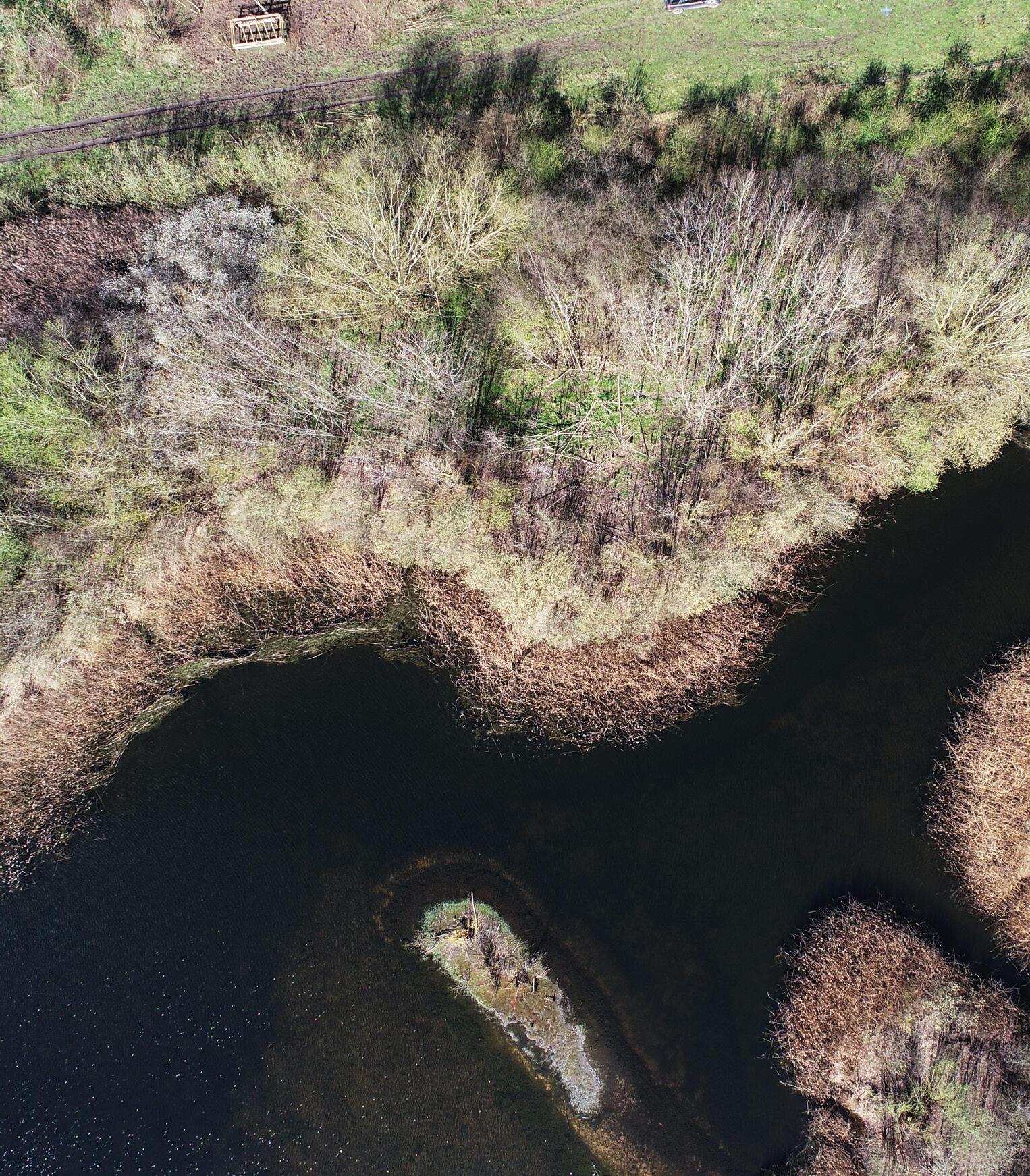
3 minute read
Wetlands for wildlife
Get involved
Experience the wonders of our wetlands
Advertisement
As summer moves imperceptibly towards autumn, the species most visible on these spectacular reserves will switch from the delights of swifts, swallows, dragonflies and the much threatened turtle dove to the array of migrant birds which pass through on their journeys south and the huge flocks of ducks and other water birds that choose to spend the winter with us on our largest wetland reserves. Why not plan a visit in the weeks ahead so you can experience the wonders of these special reserves for yourself? nottinghamshirewildlife.org/nature-reserve
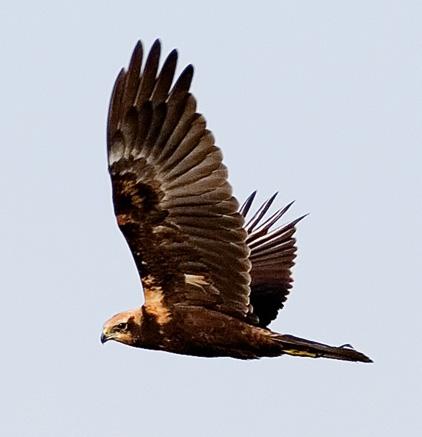
As part of our 60th Anniversary celebrations we'll be hosting Wonderful Wetlands events at both Attenborough & Idle Valley Nature Reservesso why not join us? More details at: nottinghamshirewildlife.org/events

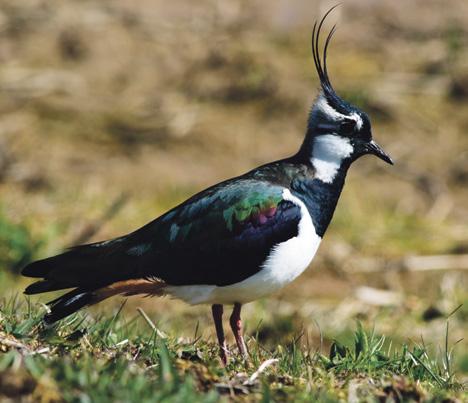
Whilst we're sure no one thinks all our reserves are equal in size, few members are perhaps aware that just four sites make up over 50% of our estate.
Together, Idle Valley, near Retford in North Notts; Attenborough, south of the City of Nottingham near Beeston; Besthorpe, west of Newark and Skylarks Nature Reserves near Holme Pierrepoint just outside the City cover more than 700 hectares or over 1700 acres.
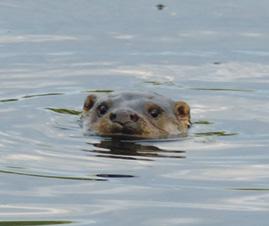

These four sites are home to some our county’s most iconic and threatened wildlife from bitterns, to otters, marsh harriers and turtle doves. When you consider the massive decline in UK wetlands in recent decades, our investment in these sites has provided a safety net for a range of species - along with unique opportunities for people to connect with nature where they live.
In the last 80 years, the UK has lost a staggering 45% of reed bed habitat, yet thanks to your support and our commitment to restoring priority habitats, these sites have seen massive gains in rare and fragile wetland habitats. In 2000 we created a special reedbed at Attenborough as part of our commitment to the Nottinghamshire Biodiversity Action Plan. Now well established and overlooked by a tower hide giving amazing views over the reserve and Trent Valley beyond, this was the location of the only successful bitterns to rear chicks in Notts in modern times. Our continued investment in reedbed expansion across the reserve provides hope that this evocative species will soon return to breed.

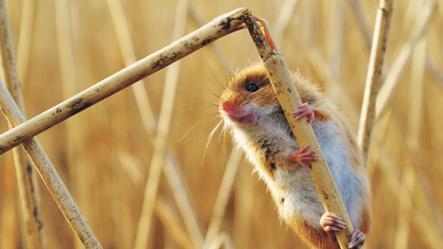
A decade ago, we completed a transformational project at Besthorpe, still the largest ever undertaken on our reserves, to re-wet degraded reedbeds to benefit species including bittern, otter and marsh harrier. In 2015 we invested in reedbed and wet grassland enhancement at Skylarks Nature Reserve following the successful expansion of the reserve. More recently we’ve been able to witness the positive impact on reedbed of beavers – following their reintroduction to the county at Idle Valley Nature Reserve – the largest site in our care.
These four sites are the physical embodiment of the Trust’s commitment to nature recovery and with your support we are working to improve habitats year on year and to make the reserves even better places to see and experience nature on your doorstep.
During the challenging lockdowns of 2020 and 2021 these much-loved sites acted as lifelines for local communities. In addition to providing familiar refuge for regular visitors, these special sites were discovered by thousands of new people.
Whilst managing sites on the scale of these jewels offers the potential for ambitious habitat restoration, their sheer size presents real challenges. Alongside the difficulties of maintaining water levels, the single biggest challenge, and one we share with all wetland managers, is halting the inexorable establishment of trees and scrub in areas of reedbed and wet grassland. Whilst we all know and appreciate the virtues of scrub, especially its value as habitat for invertebrates, if left unchecked on wetland sites its encroachment leads to loss of feeding and nesting areas for wetland birds such as lapwing, redshank and snipe –and ultimately results in areas drying out - turning diverse wetlands into dense scrub and woodland.
Tackling scrub requires constant effort and a multipronged approach – with a combination of grazing with cattle from our conservation herd, use of hand tools by staff and volunteers and occasional large scale removal by specialist contractors. We even have fabulous Wild Work Days where local businesses join in with staff work groups, such as the recent one at Idle Valley by Explore Manufacturing - part of Laing O'Rourke. Not only does it help support the Trust financially, it provides a number of benefits for staff and their employers. More information can be found on our website at nottinghamshirewildlife.org/wild-work-day. We now have an exciting additional string to our to our conservation grazing bow – in the form of our amazing beaver families - which are now helping to tackle scrub 24/7 in areas where machinery, volunteers or even our hardy Longhorn cattle can’t reach.
As we face up to the combined climate and ecological emergencies, our large wetland sites represent something of a front line in our battle to secure nature’s recovery. Investment in infrastructure such as water level control structures and fencing to allow the expansion of grazing across these flagship reserves helps us make significant advances - but long-term success requires constant effort.
As we reflect on the impact of the Trust over the past 60 years, the creation and development of these amazing sites must surely rank high on our list of achievements. But as with all areas of our work, there is no time to rest on our laurels. As we strive to maximize the value of these sites for nature and people, we need to secure ever greater resources to achieve our goals.










